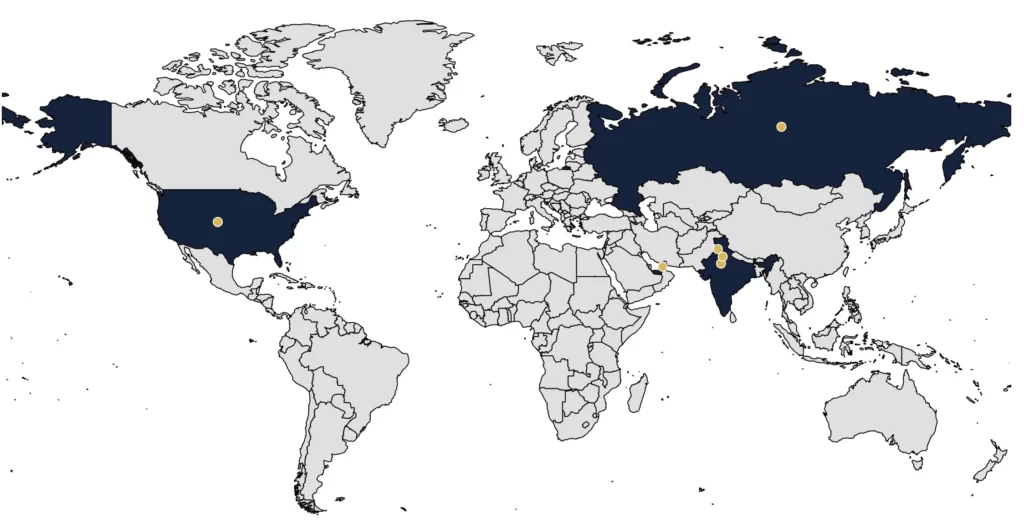Introducing the LEGALLANDS Trade Insight Bot
Legallands: A Leading Law Firm in Delhi
LEGALLANDS, a Legal 500 law firm, is known particularly for cross-border transactions, including representation with national governments. We are a leading global corporate firm, research and strategy driven, with network offices in several countries having an unparalleled reputation for ground-breaking work and having Attorneys who qualified Bar in several foreign jurisdictions and corporate professionals as an integral part of our team. We are the go-to specialists for entities around the world, looking to conduct businesses in and from India and UAE and for entities having roots & branches in and from India and UAE considering trade & business expansion abroad.
LEGALLANDS core operation includes providing legal services relating to:
- Business Set up & Management Services
- Contract, Conveyancing and Corporate Services
- Joint Ventures, Foreign Collaborations & Technology Transfers
- International Trade & Taxation
- International Dispute Resolution
- Legal Assistance in various sectors relating to Technology transfers, IPR, Online Gaming and Immigration services.
LEGALLANDS has made remarkable presence across the country and have grown on international level by affiliating to our various Law Chambers and have associate partners across the world to provide with the best and prompt services with complete satisfaction. We look forward to many more engagements with you which keep adding value to your lives. Together and onwards, we march on toward new milestones in our illustrious journey by rendering legal services with the best of our skills and expertise in an absolute professional and prompt manner
BELA (Bureau of Economic and Legal Aid)
BUREAU OF ECONOMIC AND LEGAL AID (BELA) is a flagship of LEGALLANDS which aims to provide trade, commerce, legal, regulatory & compliance support to entrepreneurs for the market expansion with risk assessment and least regulatory & legal hassles of foreign land.
BELA provides a state-of-the-art platform for fostering economic growth by entering the shoes of entrepreneurs and leveraging the expertise of its trade, industry specific and legal & financial team expert having alliance partners across various nations all-over the globe.
The WORLD trade has opened its horizon and every nation believe in “ONE EARTH, ONE FAMILY, ONE FUTURE”.
Law Firms in Delhi
1. Legallands
2. Vaidat Legale Services (VLS)
Locate Us
New Delhi, India
A 415, LGF, Defence Colony, New Delhi- 110024, India
New Delhi, India
A 201, Meera Bagh, Paschim Vihar, New Delhi 110087
Dubai
Business Center 1, M Floor, The Meydan Hotel, Nad Al Sheba, Dubai, U.A.E.
Contact Us
Call Us On
011-46045777 | 011-46048777
Maill Us On
Connect@legallands.com
Contact Us
Locate Us
New Delhi, India
A 415, LGF, Defence Colony, New Delhi- 110024, India
New Delhi, India
C 554, basement , Defence Colony, New Delhi 110024
Dubai
Business Center 1, M Floor, The Meydan Hotel, Nad Al Sheba, Dubai, U.A.E.
Contact Us
Call Us On
011-46045777 | 011-46048777
Maill Us On
Connect@legallands.com


